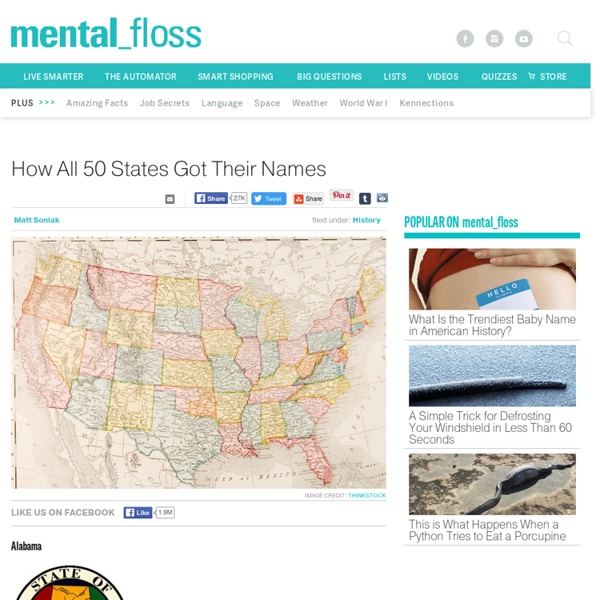



Forty Remarkable Native American Portraits by Frank A. Rinehart from 1899. - Flashbak Flashbak Frank Albert Rinehart was born in Lodi, Illinois in 1861. At some point in the 1870s he and his brother moved to Colorado and started working at a photography studio in Denver. When he was about twenty, Frank and his brother formed a partnership with the famous Western photographer William Henry Jackson. It was under Jackson that Rinehart perfected his, not inconsiderable professional photography skills. In 1898 Rinehart was commissioned to photograph the Indian Congress, which was held in conjunction with the Trans-Missisippi and International Exposition, and the Native American personalities who were attending it. The pictures are considered by many to be some of the best photographic representations of Native American leaders at the turn of the century. The dramatic beauty of these portraits is especially impressive as a departure from earlier, less sensitive photographs of Native Americans. Chief Wolf Robe, Cheyenne, 1899. Pete Mitchell (Dust Maker), Ponca, 1899. Gov.
A People's History of the United States Summary Throughout A People's History of the United States, Howard Zinn blends critical approaches. The book's twenty-five chapters move from the European discovery of North America through the year 2000, evoking American history in a roughly chronological sequence. However, each chapter also has a topical focus, which allows Zinn to trace distinct but intersecting lines of historical influence. Zinn uses these intersections of time and topic as a combination of springboard and platform: he inserts extended meditations on key themes where they grow logically from the narrative of the people's history. For example, Zinn's first chapter discusses the general relationship between Europeans and Native Americans, but Zinn also analyzes larger-than-life historical figures—Christopher Columbus in this case—and their role in American history. Almost every chapter performs a set of interwoven functions central to Zinn's project: Chapter 1: Columbus, the Indians, and Human Progress
Teaching With Documents Skip Navigation. Teachers Home > Teachers' Resources > Teaching With Documents Lessons by Era More Lesson Plan Resources Primary Source Research & Classroom Resources DocsTeachFind and create interactive learning activities with primary source documents that promote historical thinking skills. Analysis Worksheets Teaching With Documents: Lesson Plans This section contains reproducible copies of primary documents from the holdings of the National Archives of the United States, teaching activities correlated to the National History Standards and National Standards for Civics and Government, and cross-curricular connections. Teaching with primary documents encourages a varied learning environment for teachers and students alike. PDF files require the free Adobe Reader. Teachers > Connect With Us Primary Sources DocsTeach Visits & Workshops Other Resources
Gettysburg Animated Map « Back to Maps | More on Gettysburg » « View All Animated Maps | More Animated Maps: JavaScript and Adobe Flash 9 are required to view the CWPT Animated Maps. Watch our animated map of the Battle of Gettysburg, produced by Wide Awake Films. More New Animated Maps Let Us Know Have feedback? Want the Latest? « Back to Maps | More on Gettysburg » « View All Animated Maps | More Animated Maps: JavaScript and Adobe Flash 9 are required to view the CWPT Animated Maps. Watch our animated map of the Battle of Gettysburg, produced by Wide Awake Films. More New Animated Maps Let Us Know Have feedback? RetroWaste: Vintage Fashion, Toys, Cars, Memorabilia and More!
Martin Luther King Jr Archive - A Complete Trivia of MLK Jr Rebellion: John Horse and the Black Seminoles, First Black Rebels to Beat American Slavery Little Known Facts About Slavery Who Sold Whom? To quote once again the words of freed slave Ottobah Cugoano, who was writing in the late 18th century, we find the answer: "But I my own, to the shame of my own countrymen, that I was first kidnapped and betrayed by my own complexion, who were the first cause of my exile and slavery ; but if there were no buyers there would be no sellers." Sins of The Fathers: A Study of the Atlantic Traders 1441-1807", by James Pope-Hennessey, p. 174-5. The Other reasons for African slavery were, as we know, a certain number of anti-social crimes, such as adultery or theft. There was also, of course, slavery as the fruit of military conquest. But, until the Europeans came upon the scene, slaves were regarded inside Africa as useful and helpful people, whose ownership carried with it specific obligations - to feed, to clothe, to shelter and protect. The Confusing Origin of Lynch Laws Some important changes are noticeable in e definition attached to lynch-law forty years later. Ibid., p.40.
American History Interactives archive: Flight Anatomy of ConcordeOn this detailed cross section, examine the features that enabled it to fly faster than sound. Anatomy of a JetlinerLook under the floorboards, above the ceiling, and inside the wings at a jet's sophisticated internal systems. Antique AviationHear three pilots describe what it's like to fly pioneer aircraft. Built to FlyCompare the anatomy of the oldest known bird and its dinosaur cousins. Colditz Glider, ThePOWs held within a Nazi prison secretly built an escape glider in an attic of the prison. Designing for StealthHow do you render a 15-ton hunk of flying metal nearly invisible to the enemy? Getting AirborneSend a plane down a runway at top speed and see how it achieves enough lift to take off. Imaging With RadarSee what synthetic aperture radar can see with this picture of Washington, D.C., taken on a snowy winter's day. MiG vs. Outfitting a Fighter PilotA pilot's gear is a sophisticated support system that can save his life in deadly situations.